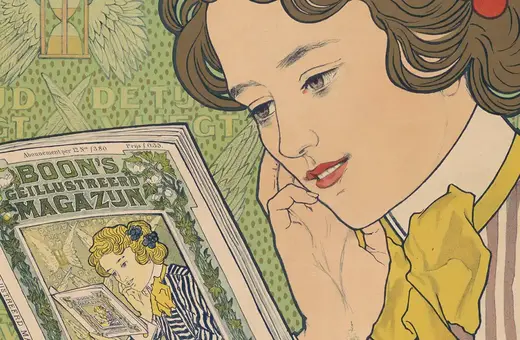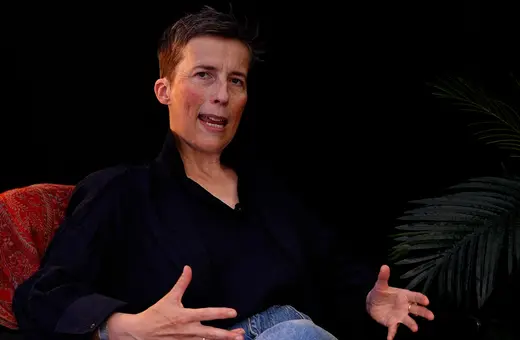Squid Game, Parasite and BTS… they’re all part of the K-wave. An influx of Korean culture has entered the West, bringing with it Korean cultural norms, thought and soft power. Soon, Korean philosophy will be next. The fruits of this influx of culture will be positive for both Korea and the West, writes Hannah Kim.
In my senior year of high school, Psy’s “Gangnam Style” went viral, eventually becoming the first YouTube video to reach a billion views. Lacrosse Bros and Theater Kids alike learned the dance. As the only Korean in my grade, I was baffled by its popularity. They couldn’t even understand the lyrics!
But clearly the South Korean cultural industry cracked some kind of code. BTS (방탄소년단) is a global phenomenon, accumulating five US #1 singles faster than Michael Jackson did and collecting thirteen Guiness records on the way. Parasite (기생충) won two Academy Awards last year, including Best Picture, and Squid Game (오징어 게임) has been viewed over 313 million times, making it the most popular Netflix show to date. K-dramas have been all the rage since the 90’s, K-beauty products are a staple in global skincare franchises, and Korean cuisine is also gaining popularity.
And there’s no reason to think this wave of enthusiasm for Korean cultural products – “K-wave” or hallyu (한류)– has peaked yet. A survey conducted by Korea Europe Centre reports that 94% of Korean studies experts from nearly twenty countries think K-Wave will only grow more prominent in coming years.
So why is Korean media so popular now? Dr. Dafna Zur, a professor at Stanford, says it’s because Korean shows are relatable; they feature flawed yet likable characters, and the plot often mixes predictability and surprise. Celebrities are also very intentional about cultivating warm relationships with their fans, which rewards devotion.
The desire to decenter the male gaze – and the white gaze – might also explain Korean media’s popularity. Over 90% of Korean TV screen-writers are women, triple the US average.
The desire to decenter the male gaze – and the white gaze – might also explain Korean media’s popularity. Over 90% of Korean TV screen-writers are women, triple the US average. Female screenwriters are naturally more sensitive to the female experience, and their writings provide a chance to “turn the male gaze on men.” For instance, Korean media will linger over male bodies in ways Hollywood lingers over female bodies. Similarly, the fact that K-dramas were popular across Asia since the 90’s suggests a desire for media that go beyond white protagonists. For many viewers, Korean shows provide an alternative to the western aesthetic, and the desire to see Asian diversity and representation– even if East Asian for the most part– might explain their appeal.
In addition to their intrinsic features, there are also contingent factors that helped propel Korean media onto the global stage. One of these factors is the internet, including social media. Up until the early aughts, my grandma rented VHS tapes from a corner store that shelved hundreds of black rectangles containing Korean dramas. She rented them for a dollar each, and a large tote bag filled with VHS tapes– always lighter than it looked– provided two weeks of nightly entertainment.





















Join the conversation